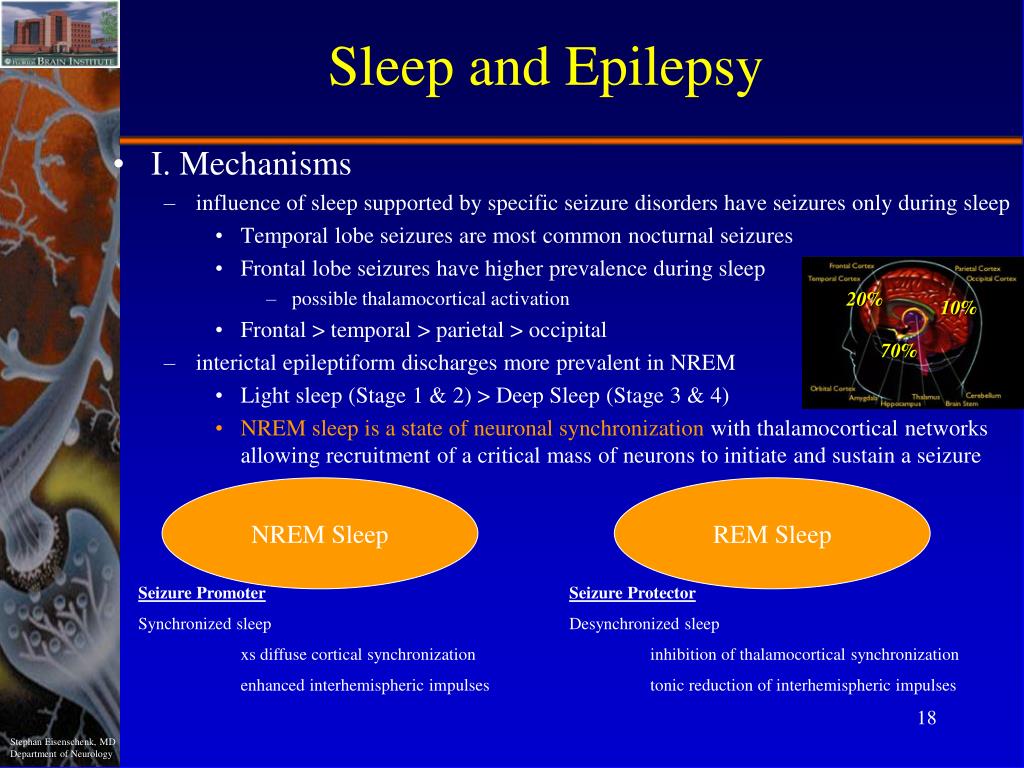
 only a small part of one lobe of the brain is affected. The term for when it’s not known where in the brain they started, for example, if the person is asleep or alone and the seizure wasn’t witnessed.įocal aware (previously called simple partial seizures). These seizures are rarely associated with brain tumours, but when they do occur they are usually a type known as tonic-clonic. Start in and affect both sides of the brain at the same time. Start as a focal seizure, then spread to both sides of the brain. The most common type of seizures associated with brain tumours.
only a small part of one lobe of the brain is affected. The term for when it’s not known where in the brain they started, for example, if the person is asleep or alone and the seizure wasn’t witnessed.įocal aware (previously called simple partial seizures). These seizures are rarely associated with brain tumours, but when they do occur they are usually a type known as tonic-clonic. Start in and affect both sides of the brain at the same time. Start as a focal seizure, then spread to both sides of the brain. The most common type of seizures associated with brain tumours. 
Start in and only affect one part of the brain.Seizures are grouped according to: Where the seizure starts (the onset)įocal onset (previously called partial seizures) Your seizures may not exactly match one of the types described, but they will usually last the same length of time and follow the same pattern each time they happen. They can range from convulsive seizure to absent seizures, where someone just feels a bit strange or spaced out. However, there are many different types of seizures. When people think about seizures, they often think of convulsive seizures, where somebody loses consciousness, their body goes stiff and they fall to the floor with their limbs jerking.Ĭonvulsive seizures are rarely experienced by people living with a brain tumour and sometimes referred to as fits – but are more correctly called tonic-clonic seizures. The effects of a seizure due to your brain tumour depend on: What is likely to happen if I have a seizure? hallucinations (seeing things that aren’t actually there).visual disturbances, like coloured or flashing lights.making strange or repetitive movements or sounds (called ‘automatisms’).language problems, such as comprehension.if spoken loudly to, you may think the other person is being aggressive.

trouble understanding or answering people, even though you can hear them.seeing something that isn’t there (hallucinations).
 unusual things happening to your vision, like coloured or flashing lights. feeling that an arm or leg is bigger or smaller than it is. feeling like you can’t speak, even though you’re fully conscious. muscle stiffness or twitching that can spread from the hand or foot and can affect half of the body. feeling your stomach rise, as if you’re on a fairground ride. feeling of ‘déjà vu’ (I’ve been here or done this before) or ‘jamais vu’ (familiar things seem new). feeling very strong emotions for no particular reason. There are symptoms for each, which are: Focal aware seizures Anxious about having a seizure?īrain tumour symptoms usually fall into one of two categories, being focal aware seizures and focal impaired awareness seizures. Both of these can interfere with the normal electrical activity in the brain, leading to brain tumour epilepsy. Or they may be due to an imbalance of chemicals in the brain caused by the tumour. There are more than 40 types of epilepsy of which brain tumour-related epilepsy (BTRE) is one.Įpilepsy caused by a brain tumour might be related to cells around the tumour that have developed abnormally. if your tumour is in one of the lobes of the cerebrum (cerebral cortex) or the meninges (the membranes that cover and protect the brain and spinal cord).Įpilepsy is the tendency to have repeated seizures, so it’s usually only diagnosed after you’ve had more than one seizure because of your brain tumour. you have a slow-growing, low grade tumour. However, you may only have seizures for a short period of time, for example, before treatment or due to swelling of the brain after surgery. Seizures are the most common first symptom leading to a brain tumour diagnosis in adults. So electrical activity is happening in our brains all the time.Ī seizure happens when there’s a burst of abnormal electrical activity that disturbs the way the brain normally works, mixing up the messages. They do this by passing electrical signals or messages to each other. Our brains have billions of nerve cells which control the way we move, think and feel.
unusual things happening to your vision, like coloured or flashing lights. feeling that an arm or leg is bigger or smaller than it is. feeling like you can’t speak, even though you’re fully conscious. muscle stiffness or twitching that can spread from the hand or foot and can affect half of the body. feeling your stomach rise, as if you’re on a fairground ride. feeling of ‘déjà vu’ (I’ve been here or done this before) or ‘jamais vu’ (familiar things seem new). feeling very strong emotions for no particular reason. There are symptoms for each, which are: Focal aware seizures Anxious about having a seizure?īrain tumour symptoms usually fall into one of two categories, being focal aware seizures and focal impaired awareness seizures. Both of these can interfere with the normal electrical activity in the brain, leading to brain tumour epilepsy. Or they may be due to an imbalance of chemicals in the brain caused by the tumour. There are more than 40 types of epilepsy of which brain tumour-related epilepsy (BTRE) is one.Įpilepsy caused by a brain tumour might be related to cells around the tumour that have developed abnormally. if your tumour is in one of the lobes of the cerebrum (cerebral cortex) or the meninges (the membranes that cover and protect the brain and spinal cord).Įpilepsy is the tendency to have repeated seizures, so it’s usually only diagnosed after you’ve had more than one seizure because of your brain tumour. you have a slow-growing, low grade tumour. However, you may only have seizures for a short period of time, for example, before treatment or due to swelling of the brain after surgery. Seizures are the most common first symptom leading to a brain tumour diagnosis in adults. So electrical activity is happening in our brains all the time.Ī seizure happens when there’s a burst of abnormal electrical activity that disturbs the way the brain normally works, mixing up the messages. They do this by passing electrical signals or messages to each other. Our brains have billions of nerve cells which control the way we move, think and feel.








 0 kommentar(er)
0 kommentar(er)
